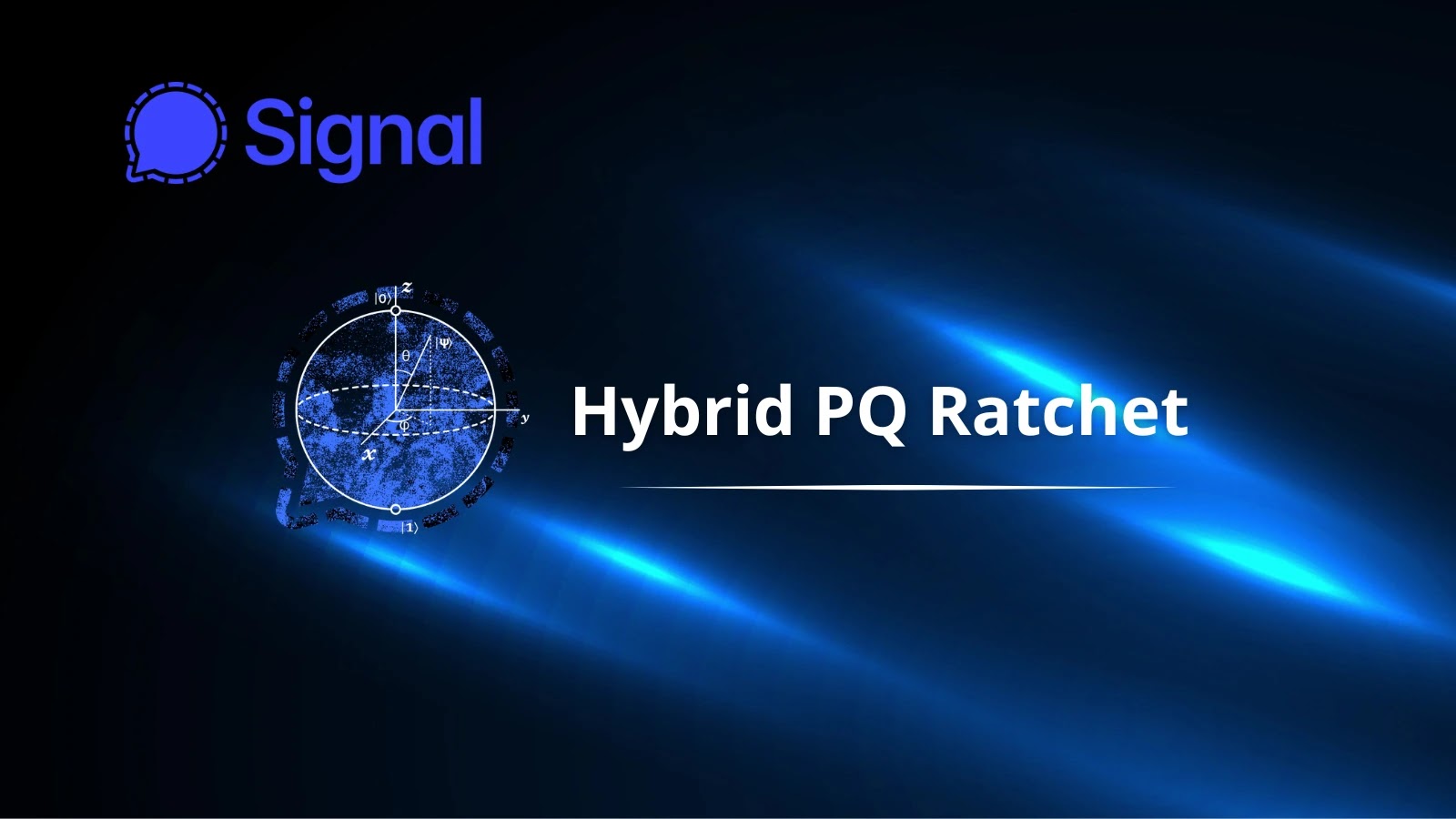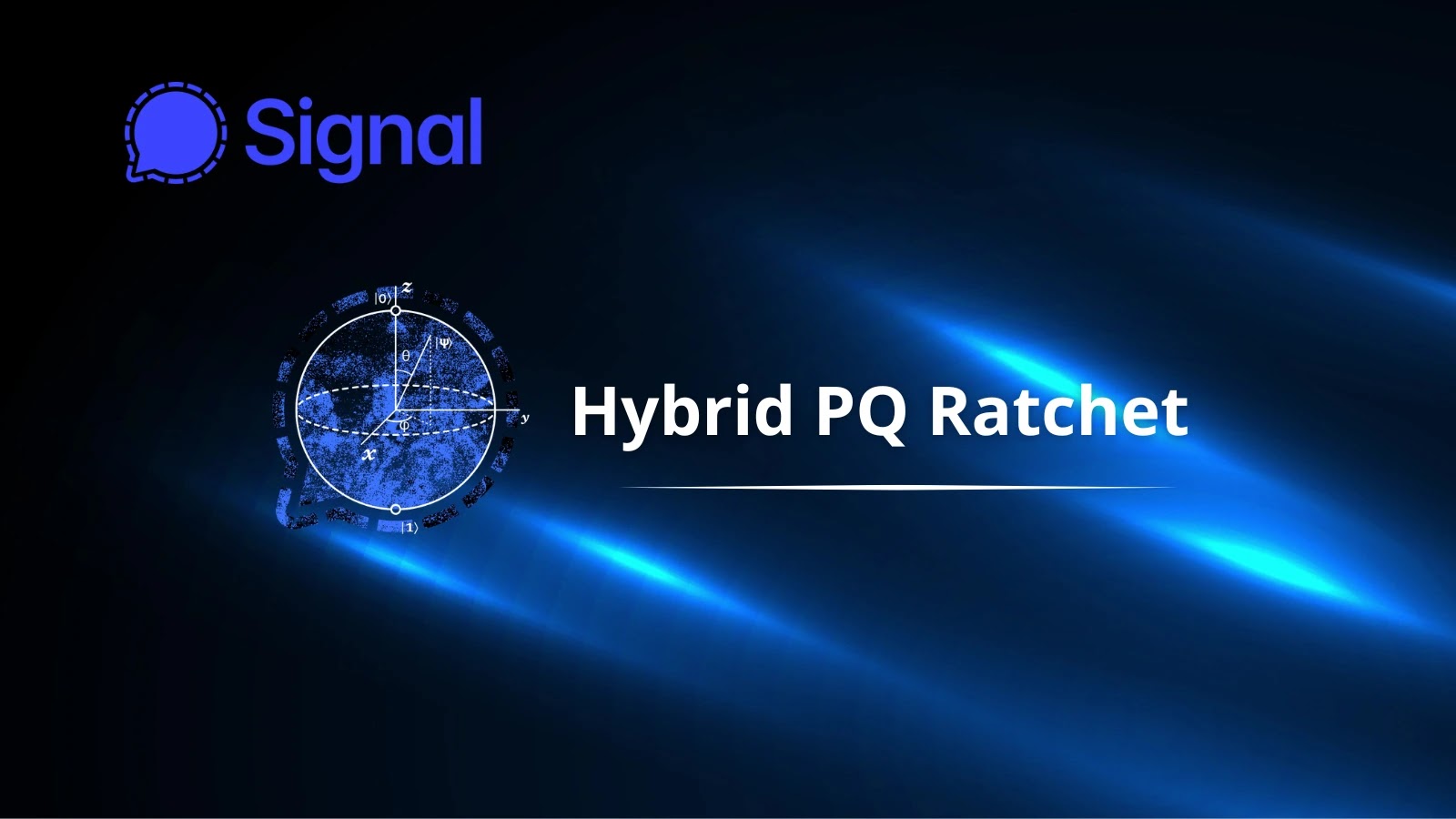Signal has announced a groundbreaking advancement in secure messaging with the introduction of the Sparse Post Quantum Ratchet (SPQR), a revolutionary cryptographic enhancement designed to protect against future quantum computing threats.
This latest security upgrade represents a significant milestone in the evolution of the Signal Protocol, which secures billions of daily communications worldwide.
The new security enhancement introduces the Triple Ratchet protocol, which combines Signal’s proven Double Ratchet mechanism with the quantum-resistant SPQR system.
This hybrid approach ensures that users maintain existing security guarantees while gaining protection against potential quantum computer attacks that could compromise traditional cryptographic methods.
The SPQR implementation utilizes the ML-KEM 768 (Machine Learning Key Encapsulation Mechanism), a NIST-standardized quantum-safe algorithm that generates robust encryption keys resistant to both classical and quantum computational attacks.
Signal Enhances Security with Hybrid PQ Ratchet
The system employs Encapsulation Keys (EK) of 1,184 bytes and Ciphertext (CT) of 1,088 bytes, significantly larger than the 32-byte keys used in traditional ECDH (Elliptic Curve Diffie-Hellman) implementations.
To address bandwidth concerns, Signal engineers developed an innovative solution using erasure codes for efficient data transmission.
This approach breaks large cryptographic keys into smaller chunks, allowing any subset of transmitted chunks to reconstruct the original key, making the system resistant to message loss and malicious interference.
The SPQR protocol maintains Signal’s core security principles of Forward Secrecy (FS) and Post-Compromise Security (PCS).
Forward Secrecy protects past messages from future compromises, while Post-Compromise Security ensures future messages remain secure even if current keys are breached.
The quantum-safe implementation extends these protections against attacks from sufficiently powerful quantum computers.
The system addresses harvest-now-decrypt-later attacks, where adversaries collect encrypted communications today with the intent to decrypt them once quantum computers become available.
By implementing PQXDH (Post-Quantum Extended Diffie-Hellman) for session establishment and SPQR for ongoing protection, Signal creates a comprehensive quantum-resistant communication framework.
Signal’s implementation includes sophisticated state machine logic to coordinate key exchanges between communicating parties.
The protocol efficiently manages the exchange of large cryptographic keys through a carefully orchestrated process involving ML-KEM Braid operations, ensuring optimal use of available bandwidth while maintaining security guarantees.
The rollout strategy incorporates backward compatibility, allowing gradual deployment across Signal’s user base without disrupting existing conversations.
The system can automatically downgrade to traditional encryption when communicating with devices that haven’t yet received the update, while preventing malicious downgrade attacks through cryptographic authentication mechanisms.
Signal employed rigorous formal verification processes using ProVerif and F* verification languages to mathematically prove the protocol’s security properties.
The Rust implementation undergoes continuous verification through the hax translation system, ensuring code correctness and preventing runtime failures.
This comprehensive approach to security validation demonstrates Signal’s commitment to providing mathematically proven protection for user communications in the emerging quantum computing era.
Follow us on Google News, LinkedIn, and X for daily cybersecurity updates. Contact us to feature your stories.


